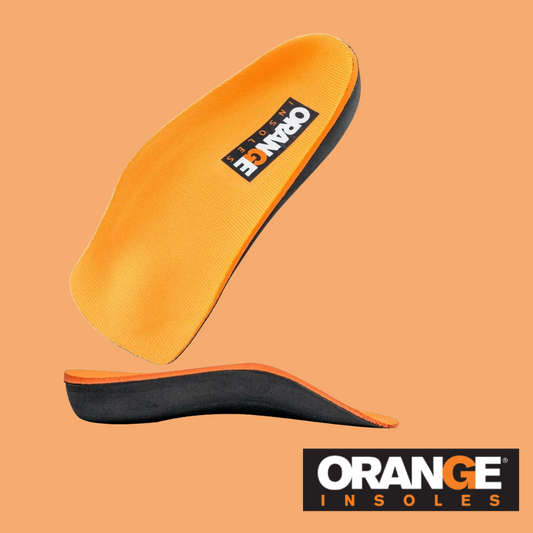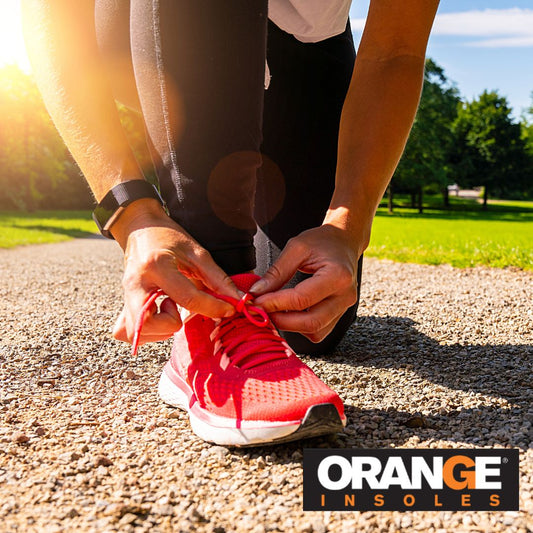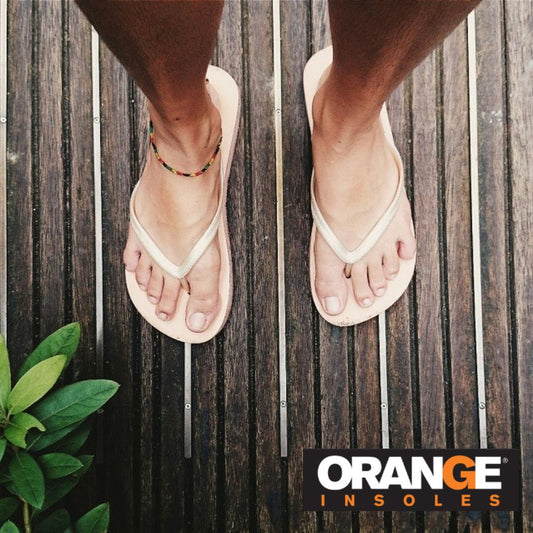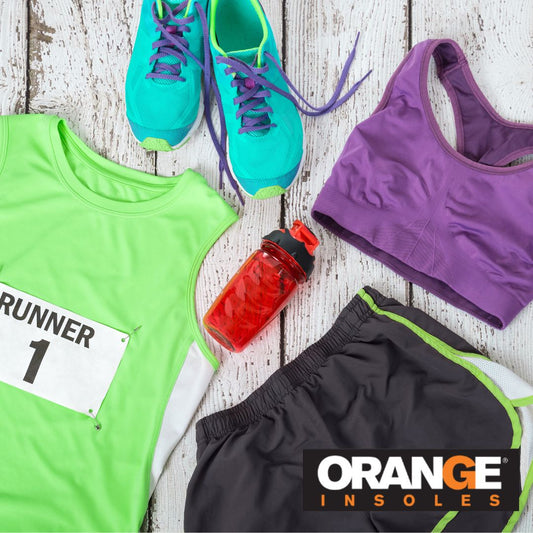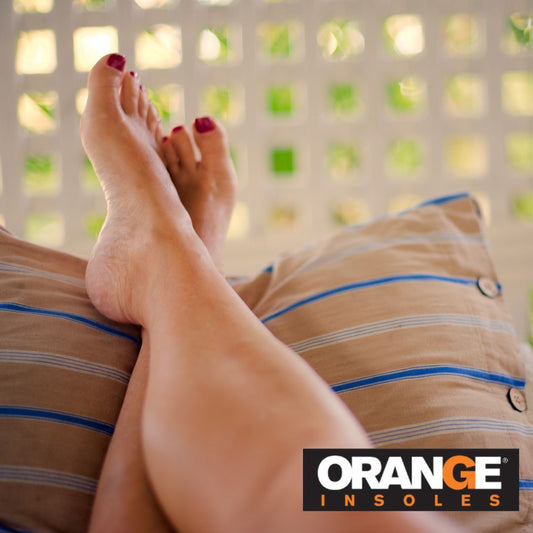In addition to being physically and mentally demanding, working long hours can leave our bodies feeling drained and exhausted. Whether it's standing, walking, or even sitting for extended periods, the toll working long hours can have on our bodies can be significant, resulting in pain and muscle fatigue. As our bodies bear the brunt of prolonged periods of standing or walking, supporting them and reducing strain are key to staying comfortable and pain-free when working long hours.
In this blog post, we will delve into three essential elements that can help you stay ahead of body fatigue: good inserts, proper footwear, and the right socks.
Good Insoles
Insoles are simple yet effective tools to support your body from the ground up, enhance comfort, and reduce body fatigue, especially when you’re on your feet all day. These thin, cushioned additions provide crucial support to the arches of your feet, promoting proper alignment and minimizing strain on
Walking or standing for long periods of time can cause your feet to become fatigued due to repeated impact and pressure. Insoles can absorb some of this impact, reducing the stress on your feet and lower limbs. A deep heel cup, a feature unique to Orange Insoles, pulls the fatty tissue around your heel underneath it and provides natural shock absorption.
By distributing your weight more evenly across your feet, insoles can reduce the strain on certain muscles and joints when walking or standing. By reducing the workload of those muscles, insoles can help prevent fatigue and soreness.
Good Footwear
Tired, aching feet can occur when all your weight is centered onto a small surface area. Ill-fitting shoes can lead to a host of problems, including blisters, calluses, and even long-term foot conditions. On the other hand, investing in good-quality footwear that fits properly and supports your feet can significantly reduce discomfort and fatigue.
The right footwear can make or break not only your comfort level by the end of a long shift but also the health of the bones, joints, muscles, ligaments, tendons, and fascia in your feet. Investing in good-quality footwear that fits properly and supports your feet can significantly reduce discomfort and fatigue.
When choosing shoes for all-day wear, prioritize:
- Comfort
- Support
-
Durability
Look for designs that provide ample cushioning and shock absorption to minimize the impact on your feet and joints. You should also look for shoes with a roomy toe box to allow your toes to move freely and avoid excessive pressure.
Remember to try on shoes at the end of the day when your feet are slightly swollen. This will ensure the most accurate fit. Walk around and pay special attention to any pressure points or areas of discomfort.
Pro Tip: Avoid heels. They might look good but high heels are one of the worst things for your body and your posture.
The Right Socks
Despite being overlooked, socks play an important role in preventing foot pain and maintaining foot health. Compression socks and dry-fit socks, in particular, can greatly contribute to your overall comfort and well-being.
By applying gentle pressure to your lower legs, compression socks improve blood circulation. Especially for individuals who spend prolonged periods on their feet, these socks can reduce swelling and discomfort. It is especially beneficial for people at risk of varicose veins or deep vein thrombosis. Those who spend a lot of time standing or sitting should consider wearing compression socks.
A dry-fit sock, on the other hand, is designed to wick away moisture throughout the day so that your feet remain dry. As moisture accumulates, friction, blisters, and fungal infections can occur. By keeping your feet dry, these socks reduce the risk of discomfort and maintain a healthy environment for your skin. Look for socks made from breathable and moisture-wicking materials such as polyester or merino wool for optimal performance.
Take care of your feet and support your body from the ground up, and they will support you throughout your busy workdays and beyond.






















